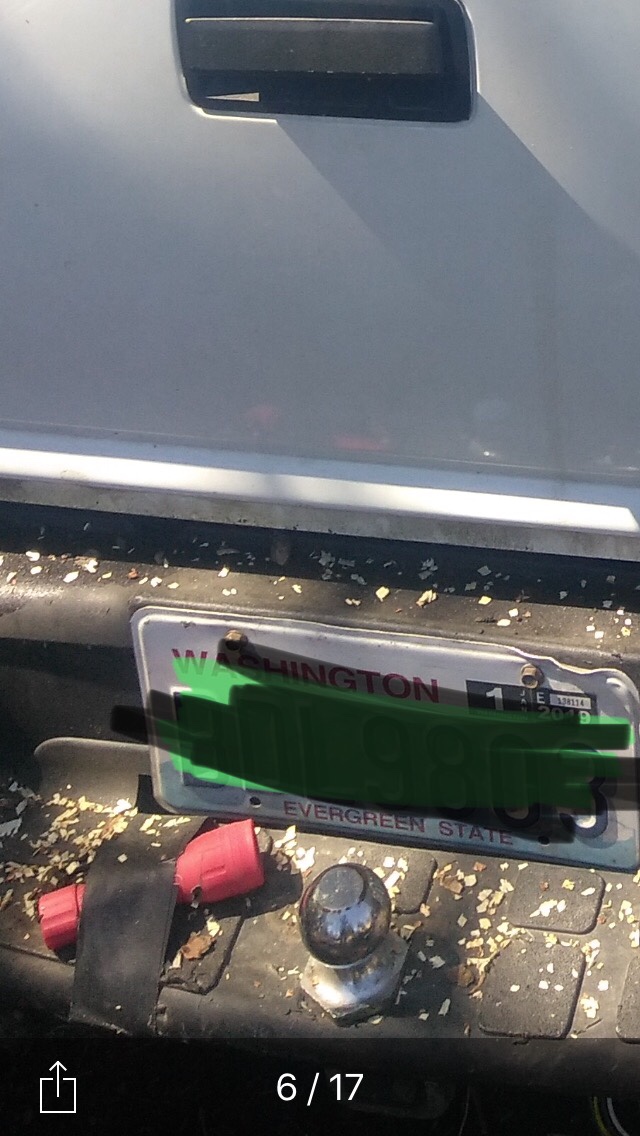sirbuildalot
Addicted to ArboristSite
My stacks are 4'x8'x16'' and that will fill most trucks level with top of bed tightly stacked. No way are you getting 3 times that in a single load, even with 2' side boards, that's only 2 face cord max.
Don't forget he said an 8' bed. Most full size pickups are 4' minimum between the wheel wells. That means around 6' wide total. If we assume 8 L x 6 W x 1.5 H, that equals 72 cubic feet. Three feet high, (or times 2) would be 144 cubic feet. Minus 3 cu. ft for each wheel well, and you're still at 138 cu. ft. A full cord is 128.
Definitely possible. Most likely your 4' x 8' x 16" stacks are filling up SHORT BED pickups. 95% of the new trucks I see are short bed extended cabs.


























































